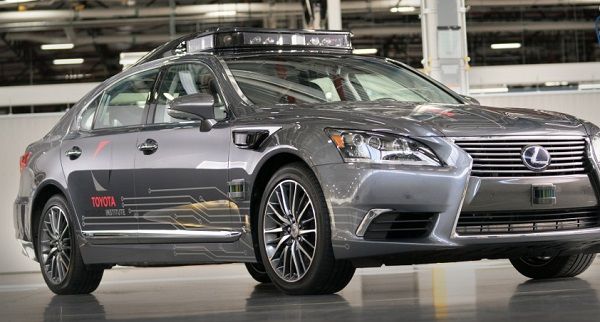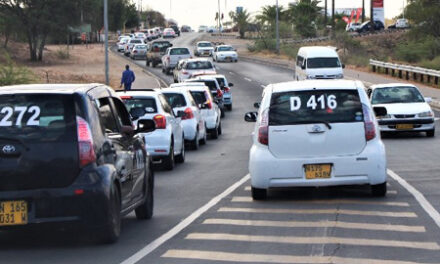
Lexus LS 600 dons electronic array in Toyota’s quest to lead full self-drive capability

The posh Lexus LS 600h L has been chosen by engineers at the Toyota Research Institute as the ideal vehicle for their next-generation Platform 3.0 automated driving research. The concept self-drive has been revealed last week at the Consumer Electronics Show in the United States gaming mecca, Las Vegas, which started on 09 January 2018.
The Prototype Development Center at TMNA R&D headquarters in York, Michigan, which has expertise in low-volume, specialised production, built the car from a standard Lexus LS model.
Announcing their research in next-level personal transport automation, Toyota said this week their research institute approached the development programme with three core principles. First, elevate perception capabilities to be an industry pace-setter in automated vehicles; Second, blend the sensing equipment into the vehicle design with a distinct appearance that is sleek and elegant; and Third, package the automated vehicle technology in a manner that is easy to reproduce for building a fleet at scale.
“Our team has once again rapidly advanced our automated vehicle research capabilities,” said the chief researcher, Dr Gill Pratt. “To elevate our test platform to a new level, we tapped Toyota’s design and engineering expertise to create an all-new platform that has the potential to be a benchmark in function and style.”
With the Platform 3.0 automated driving technology, the institute has achieved a certain level of maturity in their research. Experimentation has narrowed in on a technology package with a more defined sensor configuration and a level of proficiency to interpret the environment around a moving vehicle.
The vehicle has a sensor-rich package that makes it one of the most perceptive automated driving test cars on the road. On the earlier test platform, the Luminar LIDAR system with its 200-metre range, only forward direction was tracked, Now it covers the full 360-degree perimetre around the car. This is made possible by four high-resolution LIDAR scanning heads which precisely detect objects around the vehicle, including notoriously difficult-to-see dark objects.
The research and its integration into existing standard models, is mostly the work of the research department of Toyota Motor Corporation North America.
Production numbers are intentionally low to allow for continued flexibility, given the speed at which the Toyota Research Institute has progressed in updating its test platform. There have been three major updates, including two new-generation test models, in less than a year. Further development and progress is expected to happen even faster.
Some of the vehicles will be assembled with the dual cockpit control layout that TRI revealed last year. This arrangement is used to test the research institute’s Guardian approach to automated driving, experimenting with methods for transferring vehicle control between the human test driver and the automated system while having a safety driver in place as a back-up. Single cockpit vehicles, like the one on display at the electronics show are used to test Chauffeur, which is the institute’s approach to full vehicle automation.
The institute said both Guardian and Chauffeur test vehicles use the same technology stack of sensors and cameras, and similar software.












































